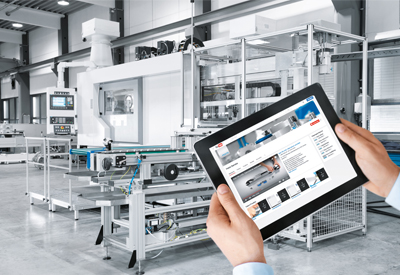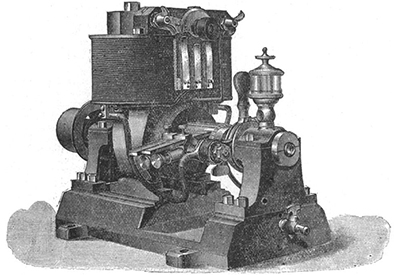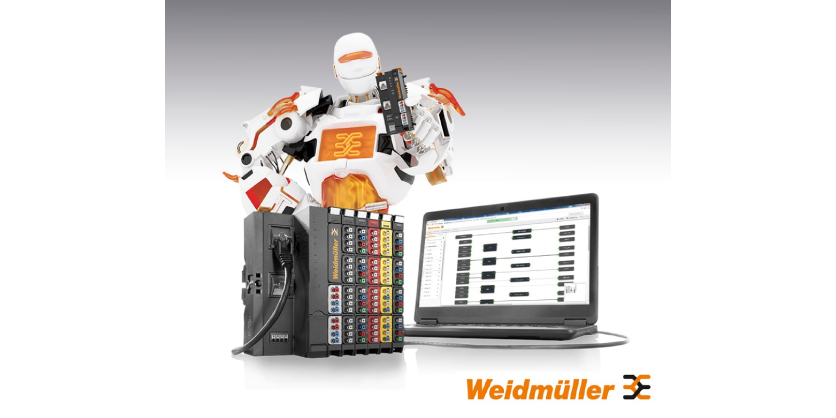Festo launches Youtube videos with practical lessons for handling its components

November 30, 2018
A picture is worth a thousand words, a video even more, so Festo has launched a Festo Service channel on Youtube – videos that explain how users can commission its electric or pneumatic automation products or carry out simple maintenance work. These videos, with more to come, don’t replace printed instructions and manuals but isolate specific tasks so users don’t have to leaf through operating instructions to get information on how to do them. For example, users can learn in just a few steps how to change a toothed belt on a linear axis or how to skilfully replace a set of wearing parts on a pneumatic drive, how to commission a valve terminal with bus system or how to assign functions for the EPLAN project “Schematic Solution”. A subscription to the YouTube channel “Festo Service” informs users about every newly uploaded video tutorial.
These tutorials also include information on the degree of difficulty, the time involved, and the tools required along with illustrated comparisons that reference typical fault sources. The videos are the perfect complement to the Festo technical hotline. The videos are accessible on a desktop monitor or portable device like a tablet or smart phone, meaning engineers or technicians can view the correct sequence right at the machine.







